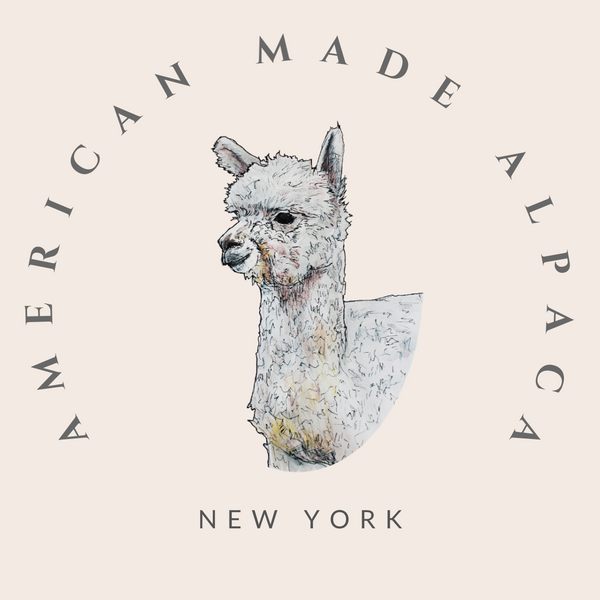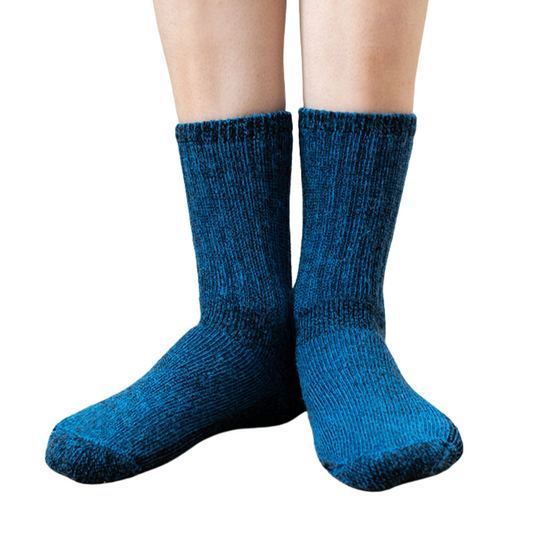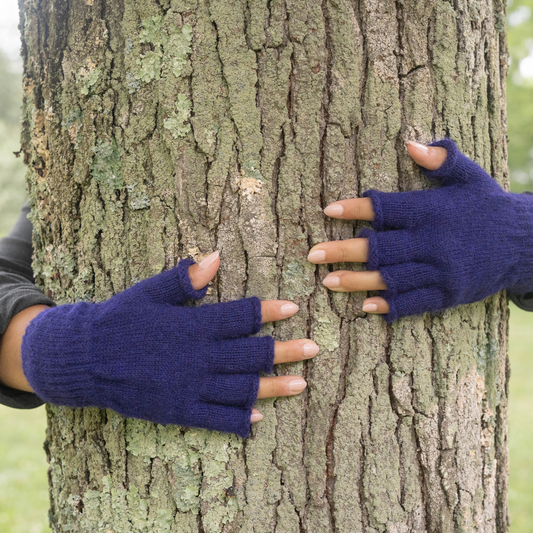Heavy boots are murder on socks. The friction at the heel and toe, the pressure on arches, the heat and sweat—cheap socks don’t stand a chance. Most cotton pairs shred in weeks, leaving you with holes, blisters, and a laundry pile of useless fabric. The question is: what socks actually last?
Why Cotton Fails
Cotton fibers are soft but weak. Under constant friction from boots, they stretch, thin, and eventually tear. Add moisture from sweat, and they wear out even faster.
Wool and Synthetic Options
Wool is stronger and warmer, but it’s often itchy, bulky, and hot in mild weather. Synthetics are durable but trap odor and don’t breathe well. Both options solve part of the problem but create new ones.
Alpaca Socks: Built to Survive Boots
Alpaca fibers are naturally stronger than cotton and smoother than wool. That means less breakage under stress. Reinforced heels and toes add extra protection where boots grind the hardest. Instead of blowing holes in weeks, alpaca socks hold their shape for months—even years—with proper care.
Value Beyond Durability
Alpaca socks don’t just survive—they perform. They wick sweat, resist odor, regulate temperature, and cushion your feet against hard surfaces. They’re tough without being bulky, and soft without being weak.
Real-World Use
Construction workers, linemen, and farmers put alpaca socks through the wringer daily. Instead of burning through packs of cotton, they rely on alpaca to stand up to the abuse of steel-toe boots and long shifts.
Bottom line: Heavy boots demand socks that can take a beating. Alpaca socks last longer, perform better, and make your feet feel human again.





